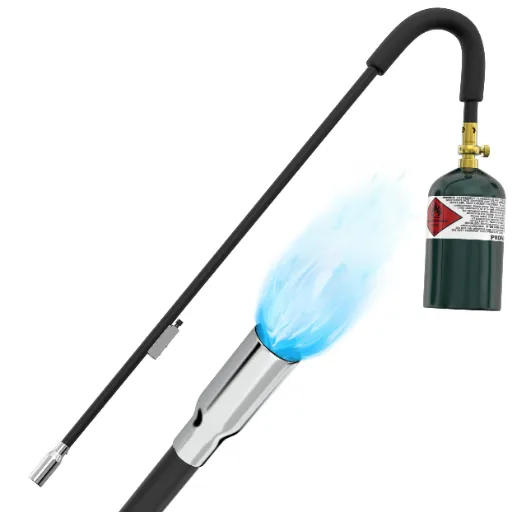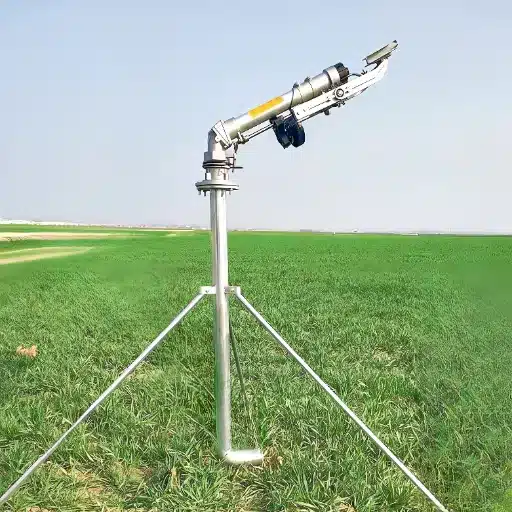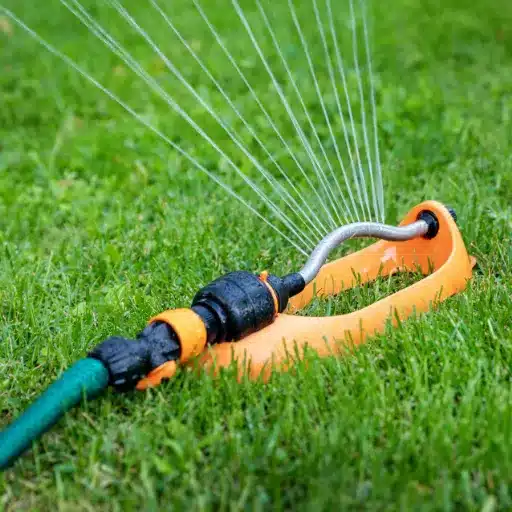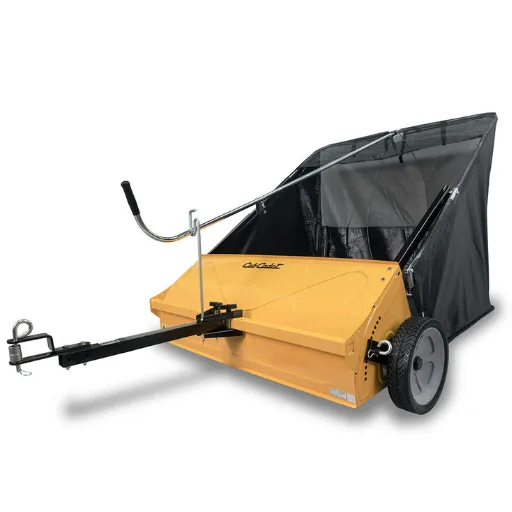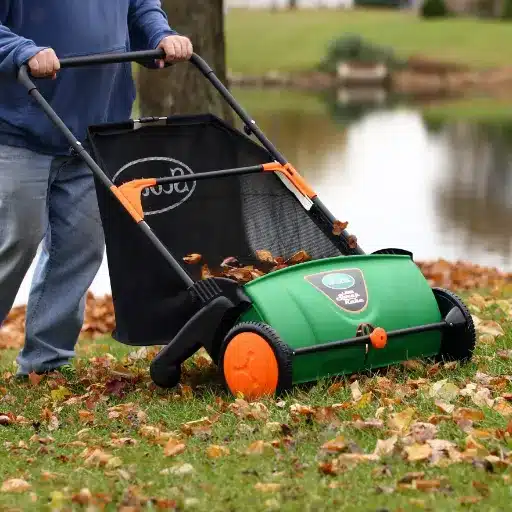If you are new to machine embroidery and looking for ideas and guidance, this blog post is just for you! Here’s where we get going as we walk you through all the steps of a dynamic machine embroidery project — from selecting the right project to adding your personal touch to the embroidery designs. With the potential dual layer of struggle for beginners, you must choose the correct embroidery machine and find the perfect design you will start working on. But worry not; we’ve got you covered on that as well! You will learn to get ideas from Pinterest and locate free machine embroidery designs online. Finally, we will also provide many tips on improving your embroidery skills. The comprehensive guide on beginner-friendly machine embroidery machine projects is on the way! We will detail the various underlying concepts involved and delve deep into the more practical aspects of machine embroidery.
How to Choose the Right Machine Embroidery Project?
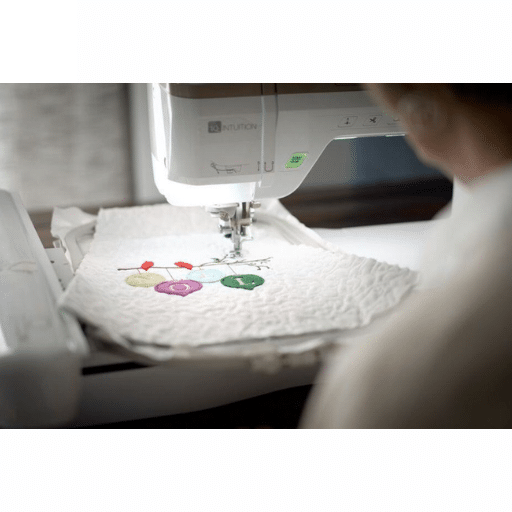
To achieve your set goals and not stray from your interests and skills, it is crucial to choose the right machine embroidery project with care. To help you make a decision, here are some key points:
What are Essential Supplies for a Machine Embroidery Project?
There are basic requirements that one ought to have before starting any embroidery project to make the stitching process easy. Here are the key tools one might need:
- Embroidery Machine: First and foremost, to ensure the project succeeds, it is important to have good machine and embroidery supplies. Factors like the size of the hoop, types of file formats, and use should be considered when choosing a machine.
- Embroidery Threads: A rainbow of good-quality embroidery thread must be present to stitch up the beautifully designed patterns. Threads specifically made for machine embroidery will ensure good results and quality.
- Stabilizers: Stabilizers are very important for supporting and structuring the fabric. Depending on the complexity of the design and the fabric being used, one must select the right type of stabilizer to prevent puckering, shifting, or distortion.
- Embroidery Needles: Specific embroidery needles enable machine embroidery. When working with a specific fabric and thread, one must choose the right size and type of needle.
- Hoops: It is crucial to have your fabric tight to avoid any disruption during the process. Thus, having the right size of hoops is essential, as is considering magnetic or snap-on fasteners for easy stitching.
- Designs and Patterns: Embroidery patterns and designs are fundamental to developing your projects. Search the Internet, browse embroidery software, or read design books for ideas to widen your horizons of creativity.
- Scissors and Trimming Tools: Embroidery scissors and thread snippers are important for cutting and trimming excess threads. Small scissors with curved blades are also good for cutting in detail.
- Marking Tools: Depending on the project and fabric you are using, you may require marking tools such as fabric pens, water-soluble markers, or tailor’s chalk to transfer or stroke the outlines of the designs onto the fabric.
Remember, this list is an example, and depending on your embroidery machine project, you may need some extra supplies. Stay Well!
How to Personalize Your Embroidery Designs?
Adding a personal touch to your embroidery projects is quite enjoyable as it lets you take the project to another level. To help answer some common questions, I’ve gathered insights from top websites on Google to provide comprehensive tips for personalizing your embroidery designs:
- Think of an Ideal Design: The first thing is to choose a design that you would consider wearing or that would serve the purpose of the project at hand. Think of colors, designs, or any custom-made work that you value.
- Pick Out the Colors Wisely: The ideal color scheme is crucial to creating your embroidery. Play around with the colors you have in mind to obtain the desired aesthetics and ensure they are ideal for the intended fabric.
- Add Names or Monograms: The embroidery designs can be customized using initials or text. Adding names, initials, or any significant words may do the trick.
- Use Embellishments: To make your embroidery designs stand out, combine beads, sequins, or metallic threads. Adding texture, depth, and glitz to your designs is a perfect way to go.
- Try Appliqué or Patchwork: Using Appliqué and patchwork techniques is beneficial and will provide you with more options to explore how to make your designs unique. Applications or patches can further be added to emphasize the intended piece.
Consider customizing your embroidery pieces with special dates, locations, or symbols that have some meaning to you, such as anniversaries or places of interest. This way, you will always remember embroidering special moments.
Personalizing your embroidery projects is your chance to be creative and make them unique. Try new methods, mix and match colors and decorative materials, and enjoy the process!
Tips for Choosing the Right Embroidery Machine
It is crucial to keep in mind a few elements when deciding to buy an embroidery machine. The following tips will help you make the right decision:
- Embroidery Area Size: This last point concerns the maximum area you intend to embroider, given the scope of the pieces you intend to work on. Look at the machine’s embroidery hoop size and whether the designs you want to create can fit within its dimensions.
- Embroidery Speed: Pay attention to the machine’s speed capabilities. This determines the time it will take to finish your projects. Buy a machine with a speed that meets your workflow and production rate requirements.
- Built-in Designs And Fonts: Check how many built-in designs were made to be used with the machine’s features and the font varieties. This could enable you to get other designs without wasting time and recruiting effort to create or even look out for more.
- Connectivity And Transfer Options: Before buying, it is important to consider whether this machine has USB ports or wireless connectivity so that embroidery designs can be easily imported. This means the designs can be taken directly from a computer or other devices.
- Step One—The Controls, Usability, and Access: The machine must have a user-oriented interface and accessibility features you are comfortable with. Seek out functionalities such as a touch screen, simple instructions, and other general assistance.
- Step Two—Scanning and Embroidery Machines Proper: Some machines are set up only to construct stitching roughly instead of perfectly, so look out for such claims with the machine you purchase. Tension control, thread cutting, and stitch reviews must also be considered.
- Step Three—Other Components and Threaders: Map out any extra features that might be useful in your case, such as a presser foot or an embroidery program. Please research supplies’ availability and compatibility with the unit you plan to buy.
All in all, these steps are very useful in identifying the right embroidery machine. However, I must stress that it is important to set aside some time to establish basic financial requirements and limits. In addition, check out different models, their specs, and reviews to ensure that the machine optimizes its function.
What are the Best Machine Embroidery Projects for Beginners?
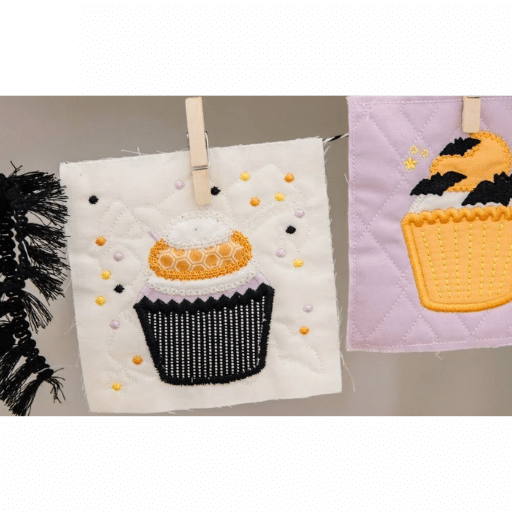
So, you’ve interviewed for the first time, and you are now really quaking in your boots on some ideal projects that one can try to design for the first time. Don’t be appalled; your ideal projects could be:
- Tea Towels and Napkins: Simply embroider on a plain tea towel or napkin, and you’ll have a new present to use in your kitchen. This should be both cost-effective and useful.
- Tote Bags: A plain bag can be altered through embroidery, in this case, with monograms or flowers. This would allow it to be used for grocery shopping, carrying school books, or as an accessory.
- Baby Onesies and Bibs: Children are a joy to have, and they can be made even more appealing if an embroidery design is added to their baby onesies and bibs. The most recommended designs are playful patterns, animals, and even the alphabet.
- Pillowcases: You can enhance your room setting by adding new embroidered patterns to your pillow cover, which would fit either the vibe of the room’s standard features or your personality.
- Keychains: Embroider patches on fabric or felt, attach them to a ring, and email them to a friend with the caption ‘My cool new keychain.’ They would make an amusing new gift.
While everything is fascinating, consistent practice is essential, as it builds tolerance. Then, one can move on to advanced techniques. This roughly sums up starting off with the basics and working one’s way to advanced designs while letting one’s skills speak for themselves.
Top Embroidery Project Ideas for Starters
According to a recent study, Embroidery is a practical and creative art. It is also a great starting point for anyone interested in surface design. Embroidery has many applications, such as enhancing your wardrobe and customizing your Gifts. Here are some embroidery project ideas to get you started.
- Embroidered Tote Bags: Purchase plain canvas tote bags and embroider some designs. You can choose from designs that reflect your personality or embroider custom designs to make them unique.
- Decorative Hoop Art: It is a common myth that embroidery hoops are only meant to stitch fabric. You can enhance and elevate your walls by creating custom-made hoop art by embroidering on felt, linen, or lace or using felt or linen as the embroidery base and hoops as the frame.
- Customized Clothing: Embroidery is an amazing way to customize clothing and add elements of your personality. Embroider your favorite flower onto a plain tee, denim jacket, or jeans. The only limitation is your imagination.
- Home Decor Embellishments: Turn plain-looking pillows, wall hangings, or table runners into stunning pieces of art with embroidery that accents your living space. You can also pick stitches that complement your current decor.
- Keychains: One excellent gift is a Keychain. You may consider fabric or felt covered with small embroidered designs attached to keyrings. It is a useful and fashionable way to display one’s embroidery work.
Remember to advance with your designs. Work with simple patterns; take on more complex designs as your skills rise. Most importantly, have fun and express your creativity!
If you want more ideas and materials for your embroidery, try prominent embroidery resources such as DMC, Embroidery Library, Sublime Stitching, etc. These websites provide many free resources, including embroidering patterns, techniques, and guides to help increase your embroidering proficiency. Pinterest also provides many embroidering ideas. Join embroidery boards, pin the ideas, and group them for your future needs. Happy stitching!
Easy Machine Embroidery Designs You Can Try
Sharing the secrets of how to source machine embroidery projects for beginners, my advice would be to stroll through Pinterest in search of ‘beginner machine embroidery projects’ and ‘easy machine embroidery designs.’ One thing I like about Pinterest is its vast number of ideas regarding embroidery, with all its boards that one can follow. Some websites allow free embroidery designs, stencil-cutting templates, and how-to articles with tips and tricks. Saving that bald eagle design you’ve been considering elaborating more on will allow you to consolidate your thoughts for future projects.
Anyone wishing to duplicate my works with free online resources should start with DMC, Embroidery Library, and Sublime Stitching. These sites are fabulous for newbies as they have many designs and take your embroidery skills to a new level. They have videos and images that show every step of volume progression and advise on how to do it.
Combining sites like these and, of course, the inspiration from Pinterest, you can get many machine embroidery designs. Just remember beginner designs. Happy stitching!
Understanding Embroidery Threads and Colors
Different types of embroidery threads are offered today; regardless of the type of material they are composed of, all minutes come with unique properties. A few starting points would be:
- Thread Types: A few stand-out types include rayon, polyester, cotton, silk, and metallic threads. These types differ in strength, flexibility, and even sheen.
- Thread Weight: This refers to the thickness of threads utilized. 40, 50, and 60 are the most common numbers in embroidery. Lower numbers refer to thicker, more visible threads than delicate designs, which require higher-numbered, thinner threads.
- Color Range: An array of colors is available. Manufacturers can provide a color chart or numbering system to assist in choosing the color best suited for you.
- Colorfastness: Before selecting an embroidery thread, it is suggested that you always check whether it is colorfast. This helps ascertain whether the thread will ease off when washed or exposed to sunlight.
When it comes to selecting embroidery thread colors, it is suggested to consider the following:
- Aesthetic of the Design: The golden rule is to use colors that stand out in your design. Always think of how you wish to present the design and the mood you aim for.
- Design color theory: A basic knowledge of color theory can go a long way in ensuring a visually appealing embroidery design. This theory focuses on combinations, contrasting colors, and the meaning of eye color symbols.
- Compatibility of the threads with the embroidery machine: Verify the thread’s compatibility with your machine. Different machines may have Specific requirements based on the thickness or brand of the thread.
Additionally, remember to play around with that more and try different thread materials and colors to make your embroidery projects more interesting!
How to Find Machine Embroidery Projects for Beginners on Pinterest?
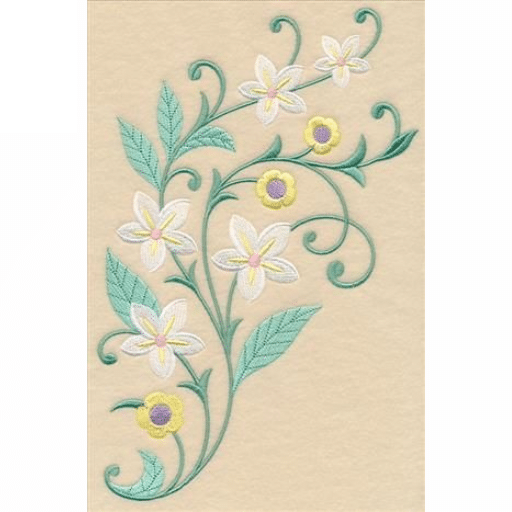
Pinterest is a boon for machine embroidery practitioners’ particularly beginners, as it is a source of countless ideas and inspiration. Below are a few ways to help you locate machine embroidery suitable projects on Pinterest:
- Use Keywords: Start looking for terms such as ‘machine embroidery projects,’ beginner machine embroidery,’ or any other keywords that speak about the topic of interest or designs you might want to explore.
- Check Embroidery Boards: Try to locate some of the most followed embroidery boards on Pinterest. These boards often contain a variety of machine embroidery projects and designs and techniques to suit all beginners.
- Create boards inspired by other projects: When spotting interesting machine embroidery projects, pin them on your boards or create machine embroidery-specific boards. This ensures you have a source of ideas at all times.
- Be an active member in embroidery groups: You might want to consider joining embroidery actively related groups or communities on Pinterest, as the communities on Pinterest allow hypnosis ideas, tips, and projects with other members of the embroidery world.
Do not forget that Pinterest changes daily, so you must always venture out and follow boards and users whose projects you like. A well-stitched project lies ahead of you!
Using Pinterest for Embroidery Inspiration
The center to which I tailor my embroidery projects is Pinterest. The website is engaging and interactive, with numerous concepts, styles, and techniques to enrich creativity. While utilizing Pinterest as a source of inspiration for embroidery, I advise keeping the following in mind:
- Best Pinterest Embroidery Boards: Follow the growing number of embroidery boards on Pinterest. Such boards are designed by enthusiastic or professional embroiderers who offer advice, project work, and suggestions. They serve as a good source of ideas and can be a good starting point for investigating various styles and techniques.
- Look out for More: I request that you not stop looking for more or new content, as Pinterest does not cease to amaze its users with new, engaging content. Develop the habit of doing so constantly and follow boards and users whose styles and projects are similar to what you seek. That way, if you have a waiting mind, you are guaranteed to have something to work on every time, as the board will always be updated with fresh ideas.
Cheerfully Embroidering, Once more, Pinterest Will Fuel Your Creativity Embroidery is a beautiful art form that takes time and a lot of creativity to master. Once you’ve mastered the art of embroidery, World with Pinterest will more easily help you fuel your creativity. Happy Embroidering is my first work, and many more will follow once more embroidery techniques are discovered with the help of Pinterest.
Popular Pinterest Embroidery Boards
When discussing their day-to-day work of embroidery or needlework, many people endorse Pinterest as an exceptional resource and such praise is well-earned. Following are some of the notable pins that differ concerning focus groups and social events:
- Embroidery Library: This board comprises several professionally digitized embroidery designs sorted by selection, style, and events for which they were made. You can find numerous items for an extensive amusement collection with such information.
- Doodle Stitching: A Doodle Stitching is another great board with colorful and creative embroidery designs. It focuses on children and adults who want to crochet out of a pattern. This board is for everyone looking to spice up embroidery projects with lots of creativity and playful designs.
- Hand Embroidery Network: This board is solely dedicated to hand embroidery, namely all its designs, methods, and practices, its evolution and stylization over the years, and all the stitches and knots it requires. Whether a novice or an adept embroidered, you will find all the cut pieces and heaps of motivation to nourish your artistry.
With the aforementioned influential pins, there is a great chance that you won’t feel stale for a second, and all the embroiderers out there are looking for time inspiration for their upcoming projects. Happy stitching!
Saving and Organizing Embroidery Designs from Pinterest
Do you wish to keep and arrange some embroidery designs you love on Pinterest? Here are tips and resources to help you get the best out of your embroidery inspiration. So, let’s get started!
What are Some Free Embroidery Designs Available?
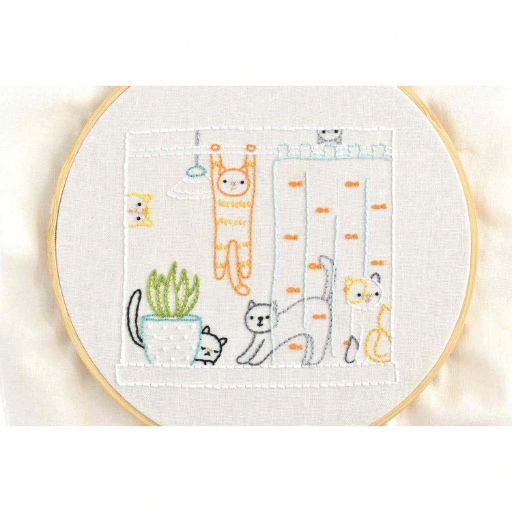
Pinterest is a goldmine of free embroidery designers and patterns suitable for any skill. Whether you’re looking for complex flowery patterns or cute animal intarsias, the website has resources to help you with your embroidery work.
Where to Download Free Embroidery Designs
Embroidery designs can be of various sorts, and the best approach to designing them is using the web. Here are a few websites that will help you get free embroidery designs.
- Embroidery Library: This website offers various pre-digitized embroidery designs, with free and paid registration options. Hence, I searched their site to locate the appropriate designs for various themes relevant to different works’ requirements.
- Urban Threads: This website’s embroidery designs are a little unconventional with a twist, so they also sell articles for free. Check out their website and Premium embroidery designs, which are available along the edge of this modern fashion statement.
- Designs by JuJu: This site also offers free designs. You can browse exciting, multi-functional embroidery designs, find wonderful designs for holidays and home projects, and browse through other themed designs.
How to Use Free Designs in Your Machine Embroidery Project
To incorporate free embroidery patterns in your machine embroidery designs, the following general procedures must be undertaken;
- Go to your preferred website and download the design files, ensuring they are compatible with your embroidery machine (e.g., .pes, .dst, .jef).
- Transfer the design to the embroidery machine using a USB drive, memory card, or a direct computer connection.
- You can choose the design you like on your embroidery machine and prepare the fabric to which a stabilizer will be applied.
- Adjust the thread color, stitch density, and size of your choice to stitch the design according to the instructions provided by your embroidery machine.
- Once the work has been embroidered, remove the needed fabric from the hoop and cut out unneeded threads.
To achieve the required standards, always follow the unique guidelines posted on the website or provided by the designer.
Legal Aspects of Using Free Embroidery Designs
While sourcing free embroidery ideas, one should consider the limitations of using a design set by its creators. Some designs might be for non-commercial applications, while others are for business. Such restrictions must always be adhered to while considering the designers’ creativity.
Embrace the possibilities offered by the wide range of free embroidery designs and transform your imagination into reality on your projects. Creating wonderful embroidered designs has never been more enjoyable, as you can customize every stitch creatively. Cheerful embroidering!
How to Improve Your Embroidery Skills?
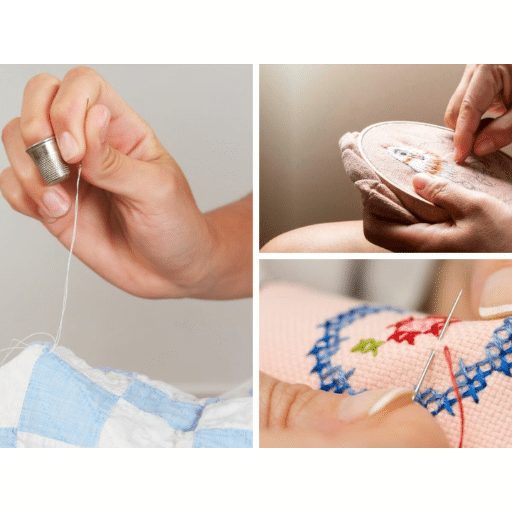
Practicing embroidering as an art is tedious and needs to be done diligently for mastery to be achieved. You may want to improve your embroidery by paying attention to the following:
Basic Embroidery Stitches You Need to Know
Mastering the basic and essential embroidery stitches is necessary to create beautiful compositions. One should begin with the running stitch, backstitch, satin stitch, and French knots. The stitches should be practiced to gain precision, uniformity, and control over stitching.
Advanced Techniques for Successful Embroidery
Enhance the possibilities of your embroidery designs by implementing unbeaten advanced strategies to yield maximum effectiveness. Use various combinations of stitches, different shading techniques, and even textures. Develop your skill set with techniques such as appliqué, stump work, and thread painting to give more dimension to your pieces.
Common Embroidery Mistakes and How to Avoid Them
Though embroidery can be a bit of a hassle, one can learn from blunders and correct them to work effortlessly. Tension, needle or thread choice, and fabric securing are a few phrases that have been commonly misinterpreted. Pay attention to these errors if you want to enhance your embroidery results.
Give yourself some time to learn new techniques and inspiration from experienced embroiderers. This will eventually help you achieve more advanced embroidery creations. There is no way this will happen overnight, so do not stress yourself out and just practice more.
References
Frequently Asked Questions (FAQ)
Q: What are the best embroidery projects for beginners using a machine?
A: Some of the best embroidery projects for beginners include creating simple monograms on tea towels, embroidering tote bags, adding designs to t-shirts, and making monogrammed onesies or burp cloths. These projects allow you to practice basic skills and explore fabrics like linen and denim.
Q: How can I digitize designs for machine embroidery?
A: Digitizing designs for machine embroidery involves using software to convert images into a format your machine can read. Tutorials online guide you through the digitizing process, from selecting a design to adjusting thread colors and stitch types.
Q: What types of embroidery stabilizers are best for different fabrics?
A: The choice of stabilizer depends on the fabric. For stretchy fabrics like t-shirts, a cut-away stabilizer is ideal to prevent puckering. For lighter fabrics, a tear-away stabilizer works well. Embroidery stabilizers are crucial for maintaining fabric stability during the embroidery process.
Q: How do I prevent puckering when using an embroidery machine?
A: To prevent puckering, ensure your fabric is hooped tightly and use the right stabilizer. Adjusting thread tension and selecting the appropriate stitch type, like a satin stitch, can also help achieve smooth results.
Q: What are some beginner-friendly embroidery blanks to start with?
A: Beginner-friendly embroidery blanks include tea towels, tote bags, and t-shirts. These items provide a flat surface that’s easy to work with, allowing you to focus on mastering your machine embroidery skills.
Q: How do I choose the hoop size for my embroidery project?
A: Select a hoop size that fits your design without excessive fabric around the edges. Using the smallest possible hoop helps maintain fabric tension and improves the quality of your embroidery.
Q: What are good thread colors to use for monogramming projects?
A: When monogramming, choose thread colors that contrast well with your fabric. Neutral colors like white, black, or navy are classic choices, while metallic threads can add a touch of elegance to your designs.
Q: Can I embroider it on Terry’s clothes, and how?
A: You can embroider on terry cloth, such as towels. Use a topper stabilizer to prevent stitches from sinking into the fabric’s loops, and consider using a satin stitch for clearer designs.
Q: What are some creative ideas for using machine applique in embroidery projects?
A: Machine applique can create colorful designs on quilts, personalize tote bags, or add playful elements to children’s onesies. Experiment with different applique fabrics to enhance your designs.
Q: How can I learn new embroidery techniques and improve my skills?
A: Explore online tutorials and join embroidery communities to learn new techniques and get project ideas. Practicing regularly and experimenting with different embroidery projects will help you become more proficient.




